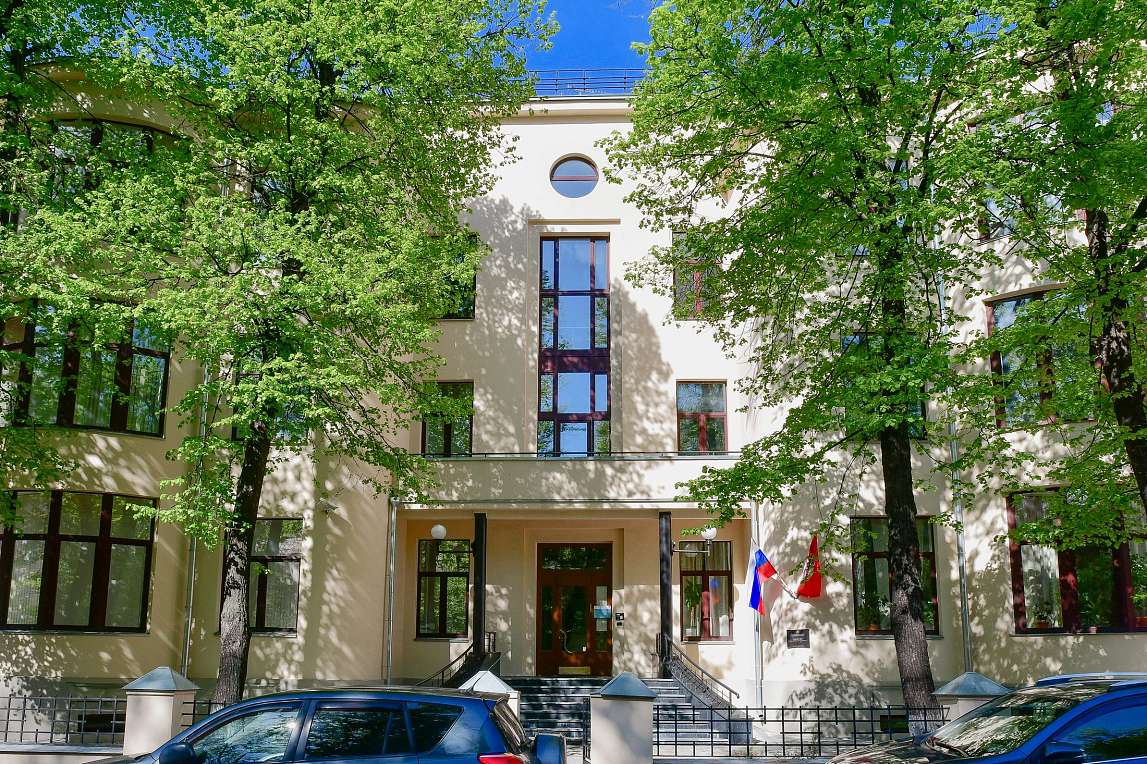Restoration (1921)
 Laureate of the competition of the Government of Moscow "Moscow Restoration - 2021": For the best organization of repair and restoration works of cultural heritage.
Laureate of the competition of the Government of Moscow "Moscow Restoration - 2021": For the best organization of repair and restoration works of cultural heritage.
The building is of great historical and cultural significance as a peculiar and very masterful sample of Soviet architecture of the 1920s Constructivist era.
The Major Projects Department under GlavUpDK has put much effort into rendering the building back to its original appearance. In particular, the entrance group of the main façade has been restored: the later built vestibule has been dismantled and the metal columns refurbished. The façades have been given back their original color scheme, the brickwork has been repaired, and the plaster layer has been restored and recreated. One of the façades features dormer windows again. Galvanized steel ventilation grilles have been recreated from historical drawings.
The staircase of the main entrance has also been restored: the coverings of the steps have been replaced with granite, with steel railings installed – all this made it possible to bring the staircase back to the appearance conceived by the architect.
The roof fence has been replaced, the brick chimneys restored and smokestacks replaced, and wooden windows with the appropriate color scheme mounted.
In addition, the fence and entrance gate have been restored: they were dismantled and sent to a specialized workshop; the surrounding area was landscaped as well.
During the work, we used traditional restoration materials and techniques, as well as modern finishing compositions with high protective and decorative properties, which have proven effective in the restoration practice.




 Laureate of the competition of the Government of Moscow "Moscow Restoration - 2021": For the best organization of repair and restoration works of cultural heritage.
Laureate of the competition of the Government of Moscow "Moscow Restoration - 2021": For the best organization of repair and restoration works of cultural heritage.